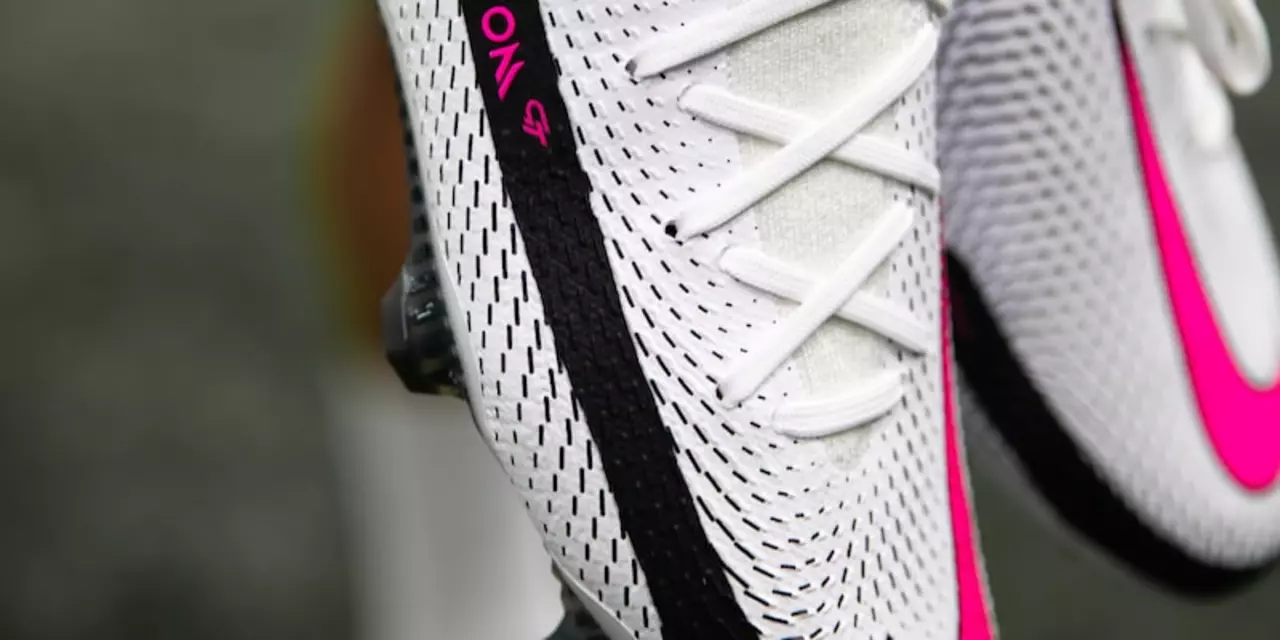Footwear Essentials for Soccer Players
Picking the right pair of shoes can change how you play. Whether you call them cleats, football boots, or studs, the right footwear gives you better grip, comfort, and confidence on the pitch. Below are practical tips to help you choose, use, and care for your soccer shoes so you can focus on scoring, not sore feet.
How to Choose the Right Soccer Shoes
First, think about the surface you play on most often. Firm natural grass needs firm‑ground (FG) boots, while soft, muddy fields call for soft‑ground (SG) studs. Artificial turf works best with turf‑type (TF) shoes that have small, flat studs. Using the wrong type can hurt your ankles and reduce traction.
Second, fit matters more than brand. Your shoe should hug the midfoot without squeezing the toes. Slip your foot in, lace up, and try a few steps. If you feel any pinching, try a half‑size bigger or a different width. Remember, a snug fit gives you better ball control, especially when you strike with the instep.
Third, consider your playing style. Strikers often prefer lighter boots with a thin upper for a clean strike. Midfielders might like a bit more cushioning for long runs. Defenders usually opt for sturdier boots that protect the ankle and give extra stability.
Caring for Your Boots to Extend Their Life
After each match, brush off mud and rinse the studs with water. Let the shoes air‑dry away from direct heat; a radiator or sunlight can warp the material and make them stiff. If they get really smelly, toss a newspaper inside and leave it overnight to absorb moisture.
Replace the studs when they start to wear down. Worn studs lose grip and can cause slipping, which is risky for both you and the opponent. Most boots have replaceable studs that click in, so keep a spare set in your bag.
When you’re not playing for a while, store the shoes in a cool, dry place and keep them in a shoe bag. This prevents dust build‑up and protects the leather or synthetic upper from cracking.
Finally, don’t overlook the socks. A good pair of moisture‑wicking socks reduces friction and keeps your feet dry, which makes any footwear feel better. Pair them with properly fitted boots and you’ll notice the difference immediately.
Choosing the right footwear, fitting it correctly, and looking after it are simple steps that pay off on the field. Follow these tips and you’ll enjoy better grip, less pain, and more confidence every time you step onto the pitch.

- Feb 14, 2023
- Blaise Kendall
- 0 Comments
Can my kid wear soccer cleats for softball?
It is important for young athletes to wear the right footwear for the sport they are playing. Soccer cleats are designed for playing soccer, while softball cleats are designed for playing softball. Soccer cleats are not suitable for playing softball since they are designed for a completely different type of sport and could result in an injury. Softball cleats have a rounder toe, which creates a wider base for the player, providing more stability and less risk for an ankle injury. Additionally, softball cleats are made with a flat surface to ensure a better grip into the dirt of the softball field. Therefore, it is recommended that kids wear softball cleats when playing softball.